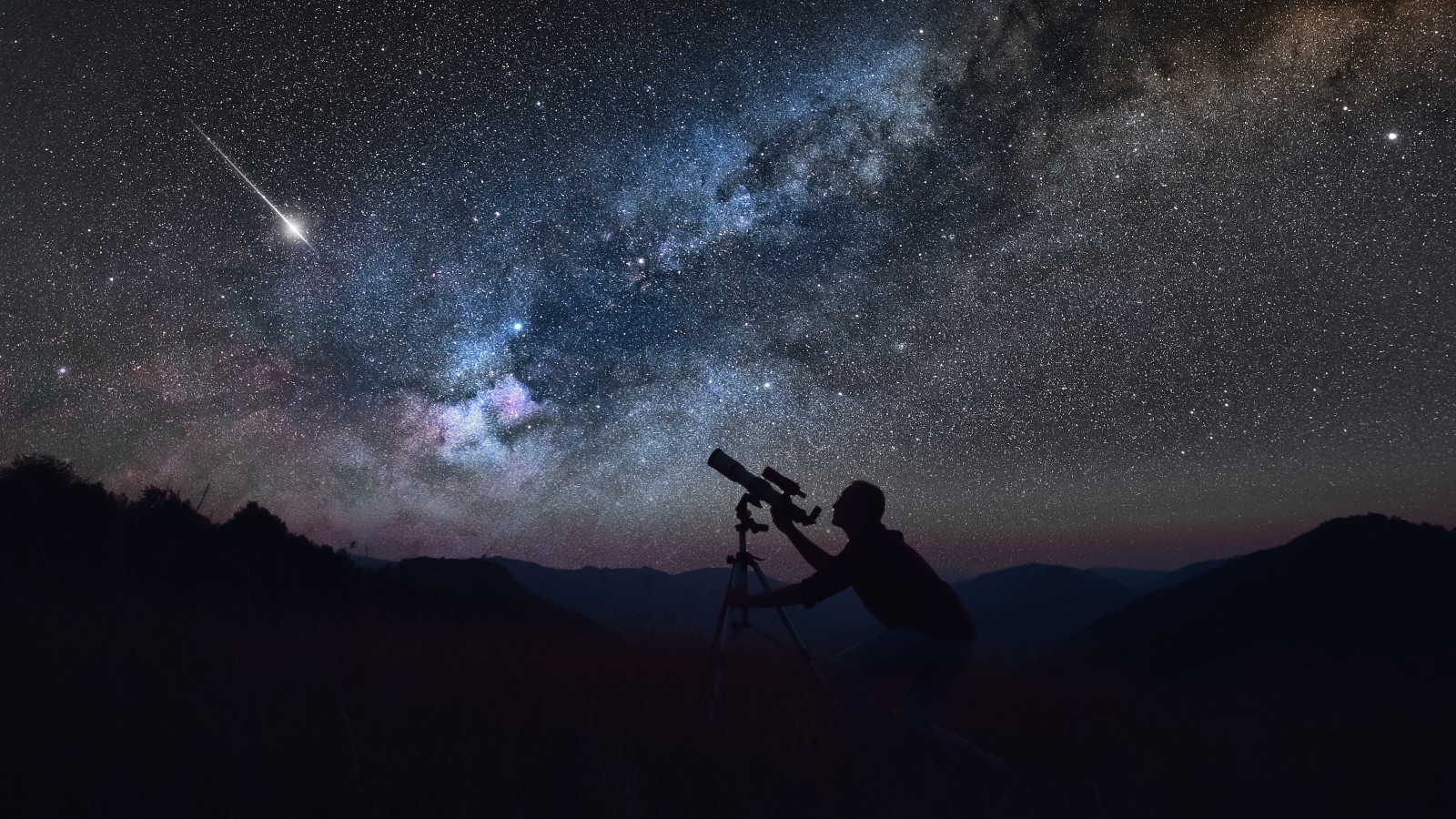
Heavy Rain, Flooding, and Chance of Severe Weather Staring Down the Southern U.S.
January 22, 2024
Posted: October 20, 2023 9:06 am





Meteor showers are one of nature’s most captivating celestial events, offering stargazers the opportunity to witness shooting stars streaking across the night sky in a dazzling display. While meteor showers occur throughout the year, each with its unique characteristics, many avid skywatchers eagerly anticipate the best viewing experiences.
We’ll guide you on the best way to watch a meteor shower, from choosing the right location and equipment to making the most of your stargazing adventure.
The first step to enjoying a meteor shower is selecting the right location. To maximize your viewing experience, consider the following factors:
Meteor showers are most impressive during their peak activity, so it’s crucial to time your outing correctly. Research the dates and peak hours for the specific shower you want to watch. Most meteor showers are at their best after midnight when the radiant point (the spot in the sky from which meteors appear to originate) is higher in the sky.
Though you can enjoy a meteor shower with just your eyes, having a few pieces of equipment can enhance your experience:
Watching a meteor shower is a waiting game. Meteors can be sporadic, with bursts of activity separated by periods of quiet. Give your eyes time to adjust to the darkness and settle in for a few hours of stargazing. The more patient you are, the more you’re likely to see.
Late-night stargazing can get chilly, even in warmer months. Dress in layers to stay warm and bring a thermos of your favorite hot beverage. Additionally, insect repellent may be necessary, depending on your location.
As you settle in at your chosen location, lie back, relax, and focus on the beauty of the night sky. Remember, meteor showers are a natural spectacle, and their unpredictability is part of the charm. Be sure to make a wish on each shooting star you see!
Watching a meteor shower is a truly awe-inspiring experience, and the key to a successful viewing is preparation. By choosing the right location, timing, and equipment, and maintaining patience, you can fully immerse yourself in the celestial show.
So, mark your calendar, pack your stargazing gear, and get ready to witness nature’s fireworks in the night sky. The next meteor shower is your chance to connect with the cosmos and make memories that will last a lifetime.

January 21, 2024

January 19, 2024

January 18, 2024